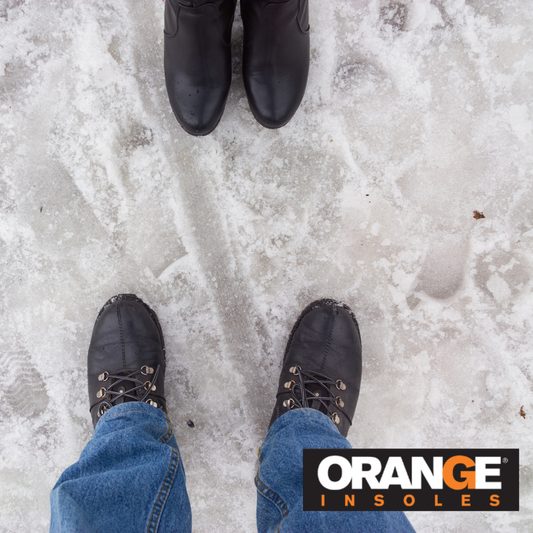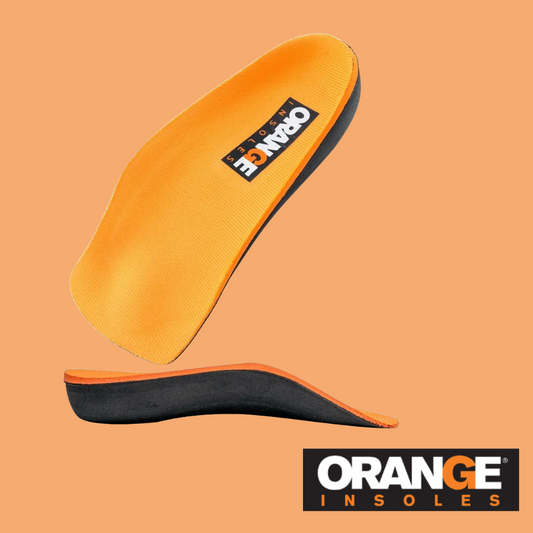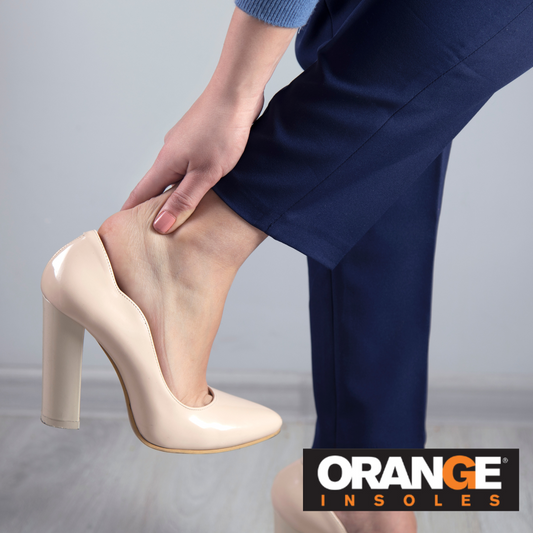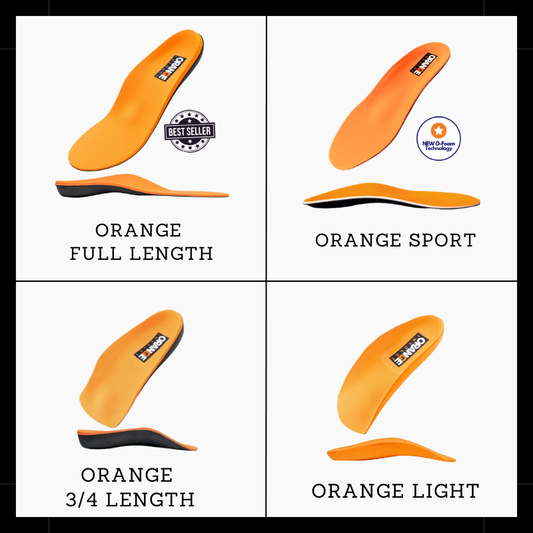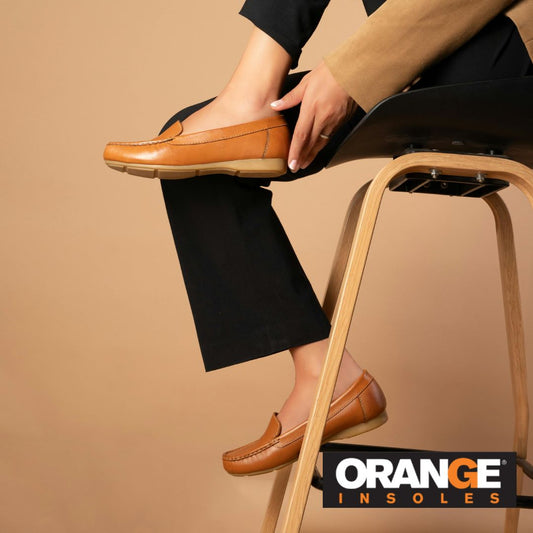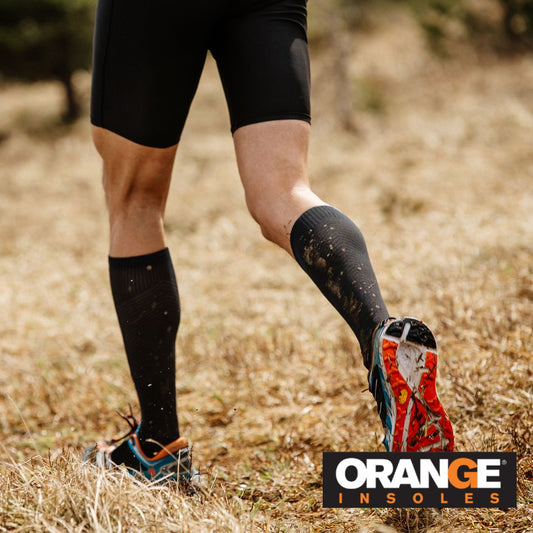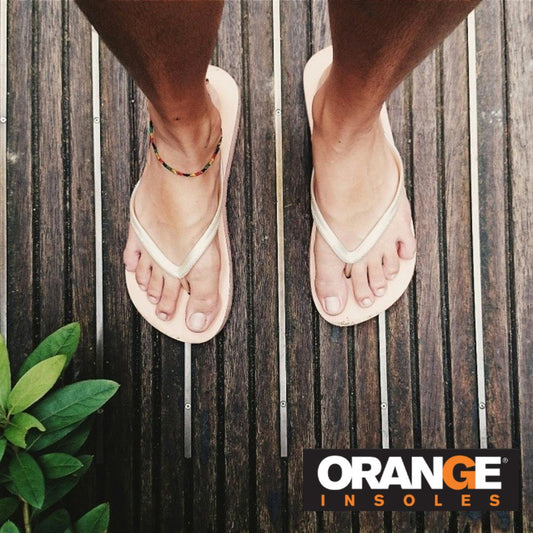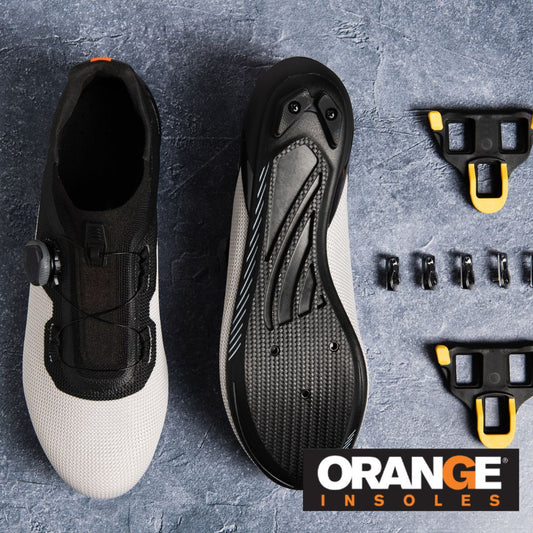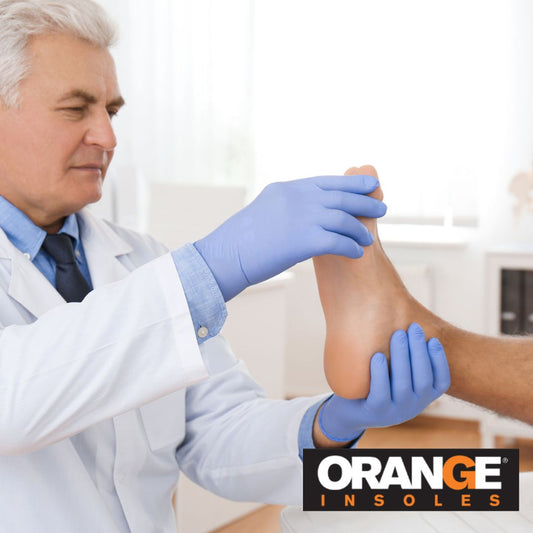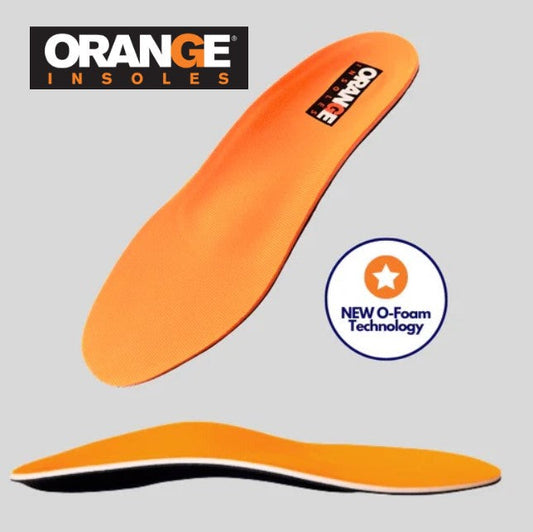Do you pay attention to how you walk? Have you ever noticed where you place your weight in your foot?
You should be rolling your foot slightly inward when you walk as you place your weight on the ball of your foot and push off your big toe. This action is called supination and it’s normal.
But, if you have over-supination of the foot, your weight is probably falling on the outside of your foot, causing you to push off your outer toes. This condition can cause a number of painful symptoms. Let’s dig a little deeper into this condition.
What Is Over-Supination of the Foot?
Like we said, some supination of the foot is normal, but problems occur when too much of your weight rolls onto the outer edges of your feet.
What Causes Over-Supination of the Foot?
Your Genes
In many cases, over-supination is an inherited problem with the structure of your foot. Genetics can also be the cause of leg length discrepancy which can contribute to this.
The Wrong Shoes
The right shoes should support the arch and soft tissues of your foot and help protect it from injury. Rigid or tight shoes, or shoes with no arch support, can lead to over-supination.
Misalignment
As we know, one small abnormality in your body’s alignment can push everything out of alignment. When your body isn’t aligned, some muscles overcompensate for other muscles that may not be used enough, leading to problems like supination. Excessive supination can then cause problems that may not even seem related to your feet, like back and hip pain. It can also lead to plantar fasciitis.
Old Injuries
If you’ve hurt yourself in the past, you’re at a higher risk of supination due to instability and weakness in bones and soft tissues. People who have had achilles tendonitis are especially at risk.
Other causes include:
- Inactivity
- Standing for long periods
- Arthritis
- Too much exercise
Symptoms of Over-Supination of the Foot
How do you know if you have over-supination? Symptoms include:
- Ankle pain
- Pain in the ball of the foot
- Swelling of the foot or ankle
- Weakness in the foot or ankle that gets worse when running, walking, or standing
Be Sure:
If you want to know for sure if you have over-supination of the foot, check your shoes and footprints. If you walk with your weight on the outside of your feet, you’ll have excessive wear on the forefoot. In your footprint, the arch of your foot should be visible, if only part of it shows, it suggests supination.
Relief From Supination of the Foot
The right exercises and stretching can offer relief from pain caused by supination.
Try these:
- Calf and Achilles Stretch

Image provided by Healthline
- Jumping rope
- Plantar Fascia Stretch
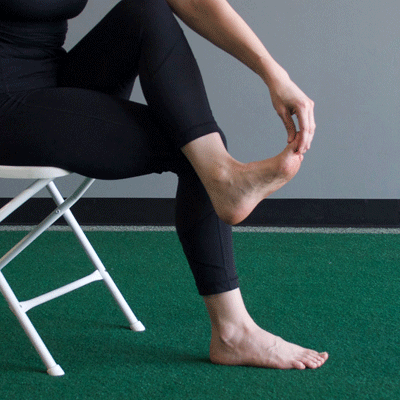
Image provided by Healthline
Preventing Supination of the Foot
Wear The Right Shoes:
People who supinate need flexible and lightweight shoes. When purchasing shoes, make sure to measure in order to get the right fit, wear the same style sock you normally wear, and go shopping at the end of the day when feet are the largest. Looks for shoes that flare our on the outside of the forefoot area. This will ensure your foot stays on the base of the shoe.
You should also plan to replace your shoes regularly.
Use Proper Form
When running or walking, proper form is key. Try to land softly and make contact with the ground midfoot rather than the heel.
Insoles
Insoles can help distribute your weight evenly from heel to forefoot.
Whether you have high arches or wear high heels on a daily basis, there’s an

















